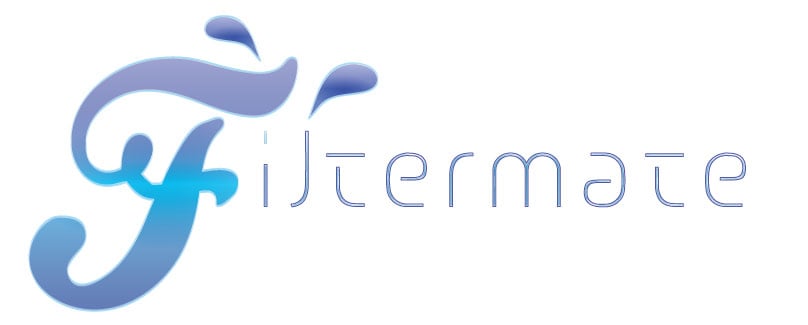Water Purification
Tank Water Filters and Domestic Water Filters
 | |
Why you need a whole house water filter for your town, tank or bore water supply...
If you answered YES to any of these questions, a Filtermate Residential or Commercial System is ideal for you. Common sources of drinking water:
Filtering Treated Water - Why? Most Australians obtain their drinking water directly from a water corporation through a reticulated water supply. On-going allergy problems like skin rashes, dryness, and hyperactivity in children like ADHD can be caused through simple things like chlorine and fluoride in your drinking water. Many people around the world have concerns regarding the safety of drinking chlorinated water over the long term. In addition, chlorine reacts with water-borne decaying organic matter such as leaves, bark and sediment to create a family of chemicals called Trihalomethanes or THM's. These include chemicals such as chloroform, bromoform and ichlorobromethane, all of which are toxic and carcinogenic, even in the smallest amounts. Fluoride is a waste product of the chemical fertilizer industry. Being intensely negative, it unlatches positive hydrogen bonds in enzymes and proteins. Most councils add at least 1 ppm of sodium fluoride or fluorosilic acid to the water supply, even though there has been evidence from around the world that at least 100 medical side effects from cancer to headaches are caused by fluoride in the water. Filtering Untreated Water: Where reticulated drinking water is not available, people obtain their drinking or domestic water from private supplies, such as:
Water used for drinking needs to be safe to prevent disease and ill health. Private drinking water supplies from rainwater tanks, bores and dams need to be carefully maintained to prevent contamination. Waterguard and Filtermate tank water filters are a cost effective, safe solution for your water purification needs. Drinking water may become contaminated from a range of contaminating sources, including animal droppings, microbes from dead animals, chemicals, farm run-off, industrial or mining waste, urban pollution (such as stormwater) and sewage from leaking septic tanks, or other poorly-maintained onsite wastewater treatment systems. Private water supplies are also at high risk of contamination during and after bushfires, floods and other extreme weather events. Treatment of your drinking or domestic water may be required depending on its source and its risk of contamination. Groundwater from a shallow bore should be treated in case the water has been contaminated with farm waste or leaking effluent from a septic tank. If your water is dirty or cloudy, you should filter it first as dirt particles can make treatment ineffective. Research undertaken by the CSIRO and Monash University has found the level of heavy metals in some rainwater tanks in Melbourne is higher than acceptable standards for drinking and has uncovered the possible reasons for these high levels. The occurrence of heavy metals in tank water has been known since the early 1990s, showing that in some instances lead and other metals were present in unacceptably high levels and that this contamination was likely to be due to proximity to traffic or to industrial areas. In the studies using tanks installed for domestic use there were widely varying results, with about a third having high lead levels. The team was concerned that in a few cases where levels of metals were high, water from the rainwater tanks was used for drinking. As none of the tanks were notably close to heavy traffic or industrial activity, the team suspect that the source of lead was most likely lead flashing in the roof catchment. | |
Contaminated drinking water Contaminated water supplies have been responsible for major outbreaks of severe gastrointestinal illnesses such as gastroenteritis and infections caused by the protozoan parasites Cryptosporidium and Giardia. Gastrointestinal illnesses can be particularly severe for the very young, the elderly and people with weakened immune systems. Your private water supply can be contaminated by a variety of things:
|  |
Contaminants in your water supply A range of pathogens can be found in bores and roof-collected tank rainwater including things like, Salmonella, E Coli, Campylobacter, Giardia and Cryptosporidium. Pathogens are faecal material deposited by birds, rodents, and cockroaches, dead animals and insects, farming runoff, pest and crop spraying, etc. Water experts estimate that over 63% of water problems in the Unites States today are directly caused by Giardia and Cryptosporidia.
| |



